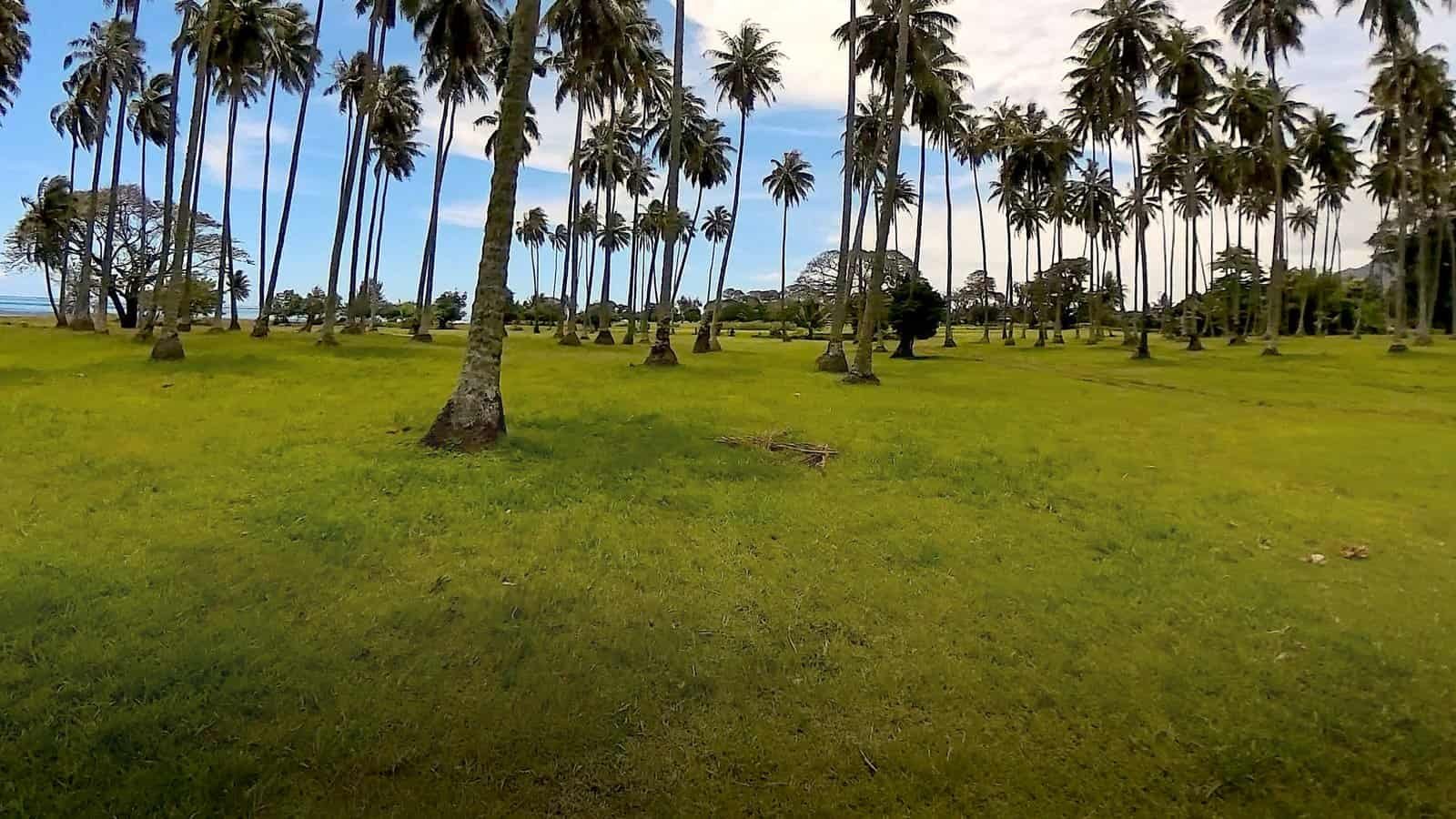On Tahiti’s west coast, just a stone’s throw from the lagoon, the Atimaono coconut grove attracts families, Sunday hikers, photographers and those seeking a little peace and quiet away from the hustle and bustle. With its large parking area, perfectly aligned coconut palms and unobstructed sea views, it has become a little corner of paradise accessible to all.
But did you know that this peaceful spot has a surprising history?
A giant plantation in the 19th century
In the 1860s, Atimaono was known by a very different name: Terre Eugénie, a vast plantation created by a Scotsman by the name of William Stewart. The estate covered more than 4,000 hectares, one of the largest ever created in Polynesia. He grew cotton, coffee and, above all, sugar cane.
It is estimated that around 1,500 people worked there at the time, including nearly 1,000 Chinese workers, who arrived in 1865 to meet the demand for labor.
An imposing colonial house dominated the site. It was immortalized in 1869 by photographer Emile Miot, a rare testimony to Tahiti’s industrial era.
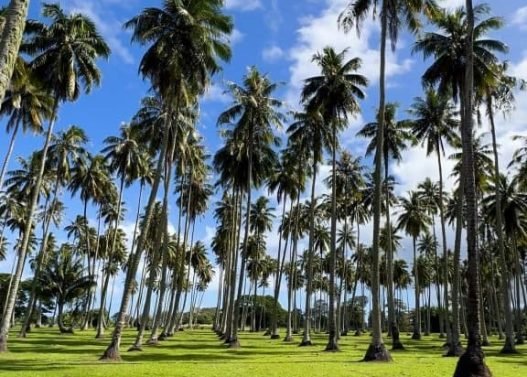
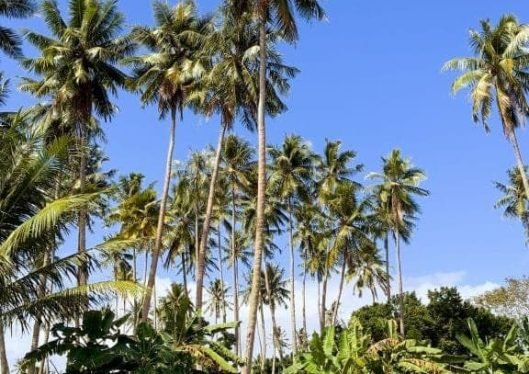
Rhum, golf… and coconut trees
Later, in the 1930s, a rhumerie was set up on the site, exploiting the cane still present. Then in the 1970s, part of the estate became what we know today as Golf de Tahiti, still in operation.
The current coconut grove, on the seaward side, adjoins the golf course. The public parking lot beside it is often the starting point for leisurely strolls or moments with friends in the shade of the coconut palms. A simple setting, but full of memories.
Today: a place between nature and memory
The Atimaono coconut grove is much more than a beautiful Instagram setting. It’s a place that tells a story: that of an agricultural past, of cultural exchanges, collective efforts and transformations.
You come for the atmosphere, you leave with a bit of history.
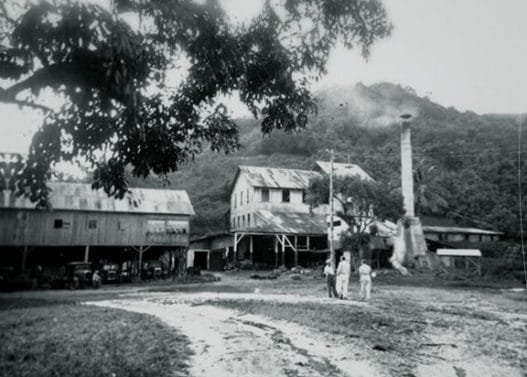
Photo : Bambridge
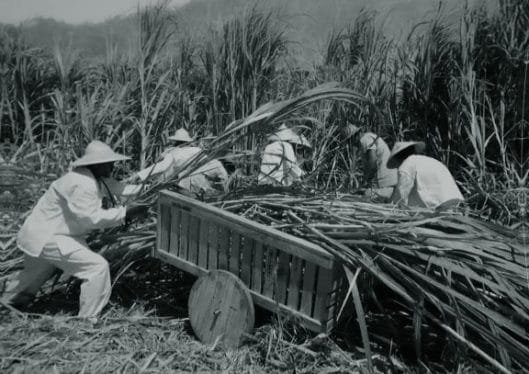
About the author
Maeva LAUTRET Driven by her love of words and a deep connection to the culture of Fenua, Maeva writes meaningful, gentle, and authentic stories for anoe-tahiti.com.
“I love words that feel right words that resonate. Telling beautiful stories means stirring emotions. And emotion is the bridge between beauty and truth.”
REDSOYU agency

